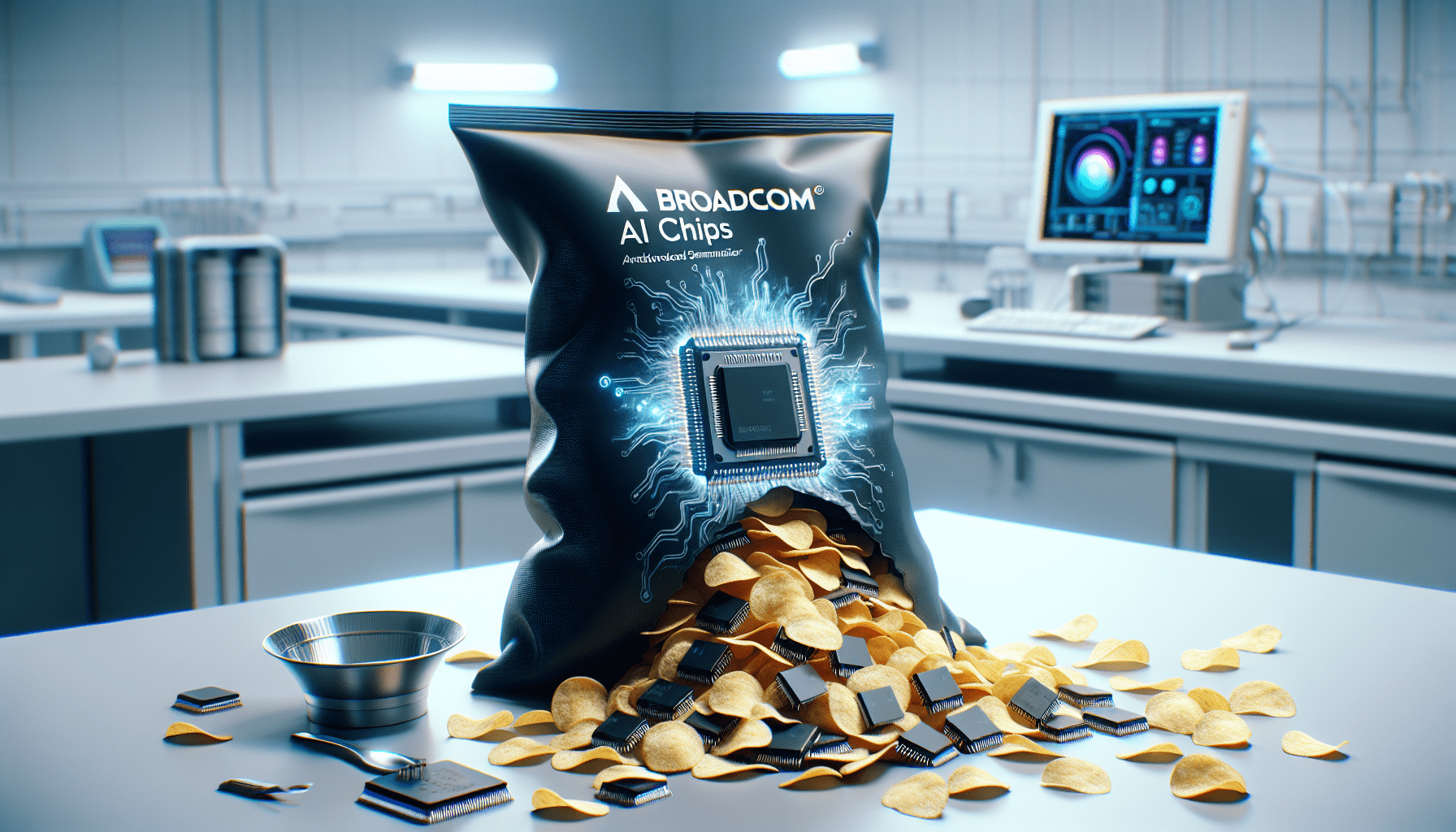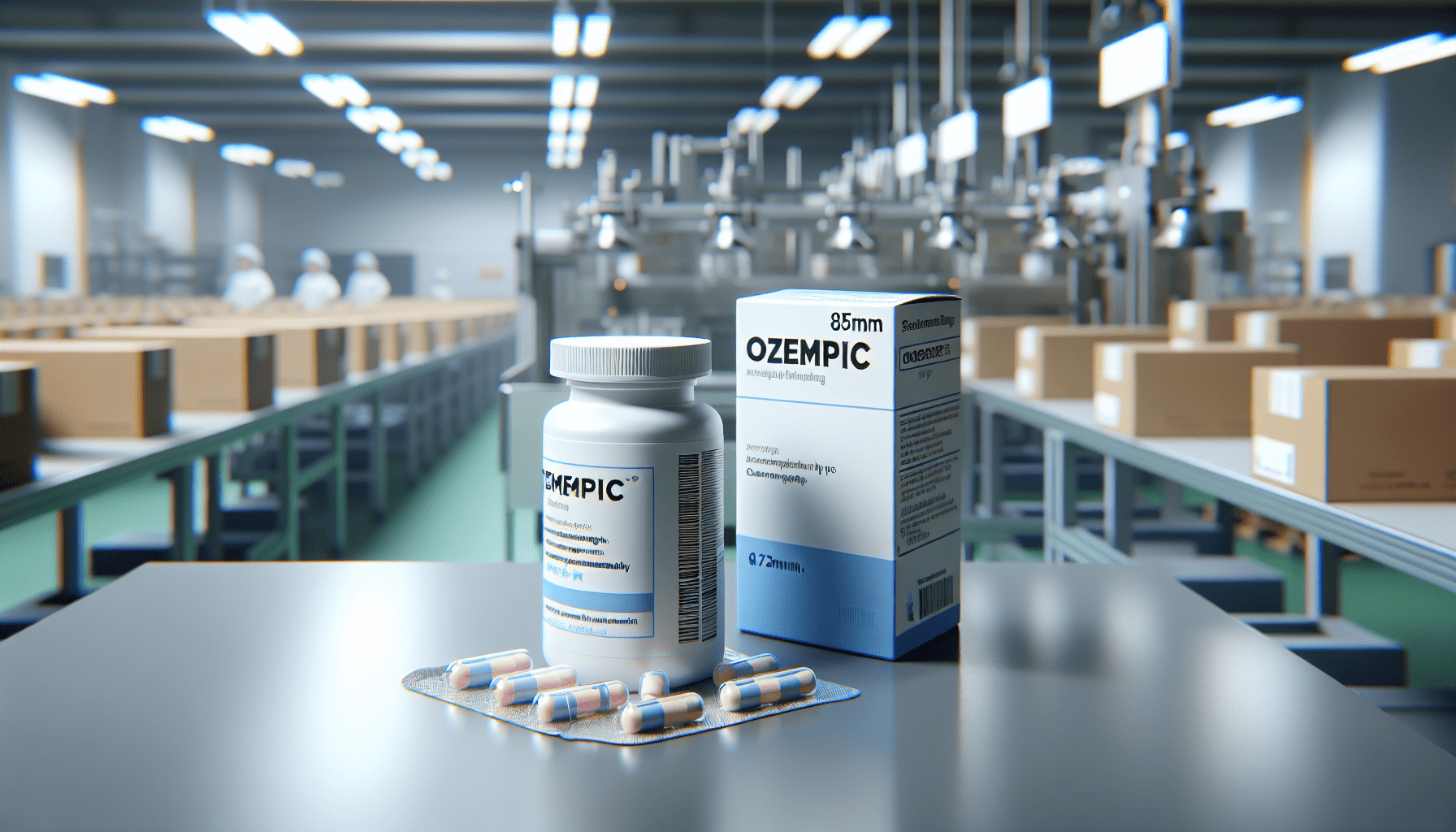The Biotech Sector is Positioned for a Big 2022 Rebound
The biotechnology sector was one of the worst underperformers in 2021, but this niche of the financial markets could see a big rebound in 2022.

The financial markets have been filled with surprises since the onset of the COVID-19 pandemic, and the underperformance of the biotechnology sector in 2021 undoubtedly counts as one of them.
The value of the biotechnology sector has arguably never been more important than it is right now, and yet this corner of the financial markets significantly underperformed the broader stock market in 2021.
In fact, the SPDR S&P Biotech ETF (XBI) was the worst performer of the 11 S&P 500 sectors this past year—underperformance that was starkly illustrated by the fact that the S&P 500 was up around 29% in 2021, whereas the XBI was down about 18%.
Interestingly, and maybe not coincidentally, dealmaking in the biotech sector also suffered in 2021.
Last year, there were only about 116 mergers/acquisitions involving the biotech sector, which represents a decline of about 18% from 2020. The overall value of those deals also declined significantly year-over-year, dwindling 33% to a total of $81 billion in 2021 (illustrated below).
So, what’s responsible for underperformance in the sector? Several ongoing narratives appear to be weighing down stock valuations and M&A activity, and at the top of the list is the current regulatory environment.
And those regulatory pressures have materialized into a double-barreled threat—both of which ultimately tie back to efforts intended to slow down growth in prescription drug prices.
Pressure From the FTC
One rising challenge for the biotech sector has been increased regulatory pressure from the U.S. Federal Trade Commission (FTC). Early in 2021, the FTC—along with its counterparts in the EU, U.K. and Canada—announced its intention to tighten scrutiny of mergers and acquisitions involving the pharmaceutical and biotechnology sectors.
The reason for closer inspection of such deals appears to tie back to the rate at which prescription drug prices have risen in recent years. Global regulators are currently coordinating with each other to study whether M&A in this niche of the financial markets ultimately creates a monopolistic environment, which in turn puts upward pressure on prices.
The fear is that big fish in the pharmaceuticals industry are gobbling up little fish with the intent of limiting available treatments in the marketplace. And limiting the diversity of treatments provides pharma titans with additional pricing power—ultimately creating an anti-competitive environment.
One can see how such an initiative might dampen enthusiasm for biotech/pharma shares, as well as associated dealmaking.
Traditionally, big pharma companies have subtly outsourced the bulk of new drug R&D to smaller companies and start-ups. Those companies are then harvested (i.e. gobbled up) when their medicines/treatments achieve regulatory approval.
But if large pharmaceutical companies already control the primary treatments in the marketplace, it’s easy to see how such M&A activity might be viewed as anti-competitive.
Pressure from Lawmakers
Beyond the pressures being applied by the FTC, the biotech/pharma sectors are also under fire from lawmakers in Washington, D.C.
Exorbitant healthcare prices have become the norm in the United States, not the exception, and politicians have noted that this is an important issue with voters.
Back in October 2020, then-President Donald Trump attempted to address healthcare-related concerns through an executive order known as “Lowering Drug Prices by Putting America First.” Due to the order’s circumvention of Congress, and the forthcoming change of administrations in the White House, this initiative was pretty much dead on arrival.
But that executive order did illustrate that the rising price of prescription drugs in the United States is a big concern across the political spectrum, regardless of party affiliation.
Currently, President Joe Biden and his administration are exploring solutions for the same problem. In November, Biden announced that a prescription drug pricing plan would be incorporated into his “Build Back Better” framework, in addition to two other key healthcare initiatives.
Biden’s prescription drug plan incorporates a long-sought change related to the government’s ability to negotiate drug prices unilaterally. Under the revised system, Medicare would be able to wield its extensive influence when negotiating the prices of prescription drugs—a tactic that isn’t allowed today.
Long considered a “silver bullet” for high drug prices, this particular initiative does seem to have the support of politicians on both sides of the aisle. Another important element of the proposed plan would be to punish pharmaceutical/biotechnology companies that raise their prices too quickly relative to inflation, using tax penalties.
One can see how the successful implementation of such initiatives, and others like them, would undoubtedly throttle the profitability of companies in these sectors. And while there’s no telling when or if Biden’s plan will ultimately be adopted, it’s easy to see how market participants might view the current environment pessimistically—resulting in the aforementioned impact on valuations.
Biotech Outlook for 2022
Dark clouds may have gathered over the biotech sector last year, but that doesn’t mean it’s been all bad news.
In late December, reports surfaced that suggested Biogen (BIIB) was the target of an imminent buyout, and shares in the $35 billion biotech jumped as much as 13%. Shares in BIIB have since come back down to earth, but this example serves as a strong reminder that even amid a downturn in the sector, there will still be plenty of M&A activity in the sector during 2022.
Moreover, if the political winds shift leading up to the 2022 midterm elections—and regulatory pressures fade—one could see a strong bid develop for all things biotech.
Investors and traders exploring the biotech/pharma sectors should also keep an eye on interest rates in 2022. Rising rates are considered another headwind for the sector, so if the U.S. Federal Reserve reverses course and adopts a more dovish stance, that could also be a big catalyst for the sector.
Of course, emerging technologies in the biotech sector are also worth monitoring in the new year.
One field that’s been generating a lot of excitement of late is “synthetic biology,” or “synbio.” Synbio refers to the practice of redesigning organisms for useful purposes by engineering them to have new abilities. This is done by reprogramming the biological information coded in DNA.
Having attracted $9 billion in fresh capital during H1 2021, the synthetic biology niche is rapidly becoming one of the hottest emerging technologies in the biotech sector. To learn more about trading the biotech sector, readers can also review this past installment of Market Measures on the tastytrade financial network.
For a complete recap of the 2021 trading year, readers are encouraged to review this new installment of Market Measures.
To follow everything moving the financial markets in 2022, investors and traders can tune into TASTYTRADE LIVE weekdays from 7 a.m. to 4 p.m. Central Time.
Get Luckbox! Subscribe to receive 10-issues of Luckbox in print! See SUBSCRIBE or UPGRADE TO PRINT (upper right) for more info or visit getluckbox.com.
Sage Anderson is a pseudonym. He’s an experienced trader of equity derivatives and has managed volatility-based portfolios as a former prop trading firm employee. He’s not an employee of Luckbox, tastytrade or any affiliated companies. Readers can direct questions about this blog or other trading-related subjects, to support@luckboxmagazine.com.



















